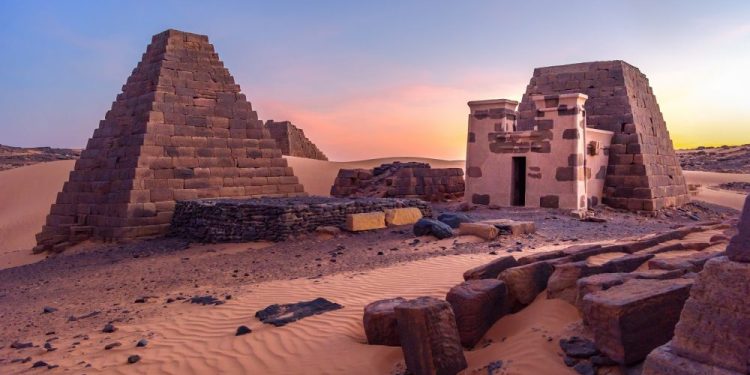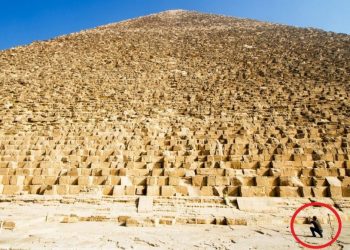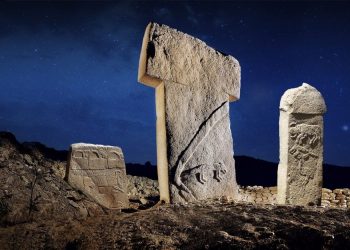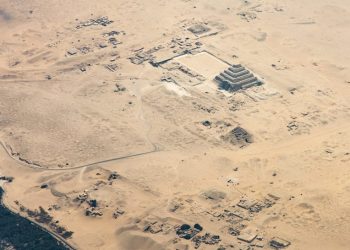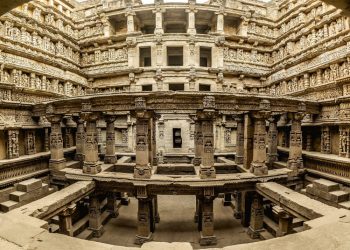Without the technological impact we have today, how did so many ancient civilizations achieve greatness, forever leaving an imprint in history as they did?
When you stop and think about it, I can’t help and not wonder how ancient civilization transitioned to the society we are now. Looking back in history, I wonder how ancient cultures worldwide managed to complete some of the most mind-boggling architectural projects the world has seen?
The ancient builders achieved greatness, paving their way into the annals of history by erecting some of the greatest, most impressive monuments the world has ever seen; Pyramids.
But make no mistake, pyramids are more than just the incredible structures built by the ancient civilization we call Egypt.
Pyramids are a global phenomenon, and despite the fact we’ve been studying these majestic structures for decades, we’ve not been able to understand that part.
Nonetheless, Pyramids continue to astound us, waking inside us the remnants embedded in our genes of a long-lost ancient knowledge.
There are pyramids scattered all around the planet.
It doesn’t really matter where you decide to look, whether in Asia, Europe, America, or Africa.
For a reason we have still not entirely understood, ancient civilizations erected some of the most impressive monuments that the world has ever seen; Pyramids.
The why of this story has never been answered, as scholars and writers have debated over the years why ancient civilizations built pyramids.
Were they ordinary tombs? Where they storage spaces? Or, is it possible that pyramids were something entirely else?
In this article, in addition to presenting a small part of my upcoming book, I want to take you on a journey across the numerous pyramids around the world.
Join me as we travel the world and explore 20 stunning photographs of the incredible structures we today call pyramids.
Sudan
Did you know that Sudan is home to more pyramids than Egypt?
Called the Nubian Pyramids, the structures were erected by the ancient Kushite empire’s rulers in present-day Sudan.
As of writing, more than 350 pyramids have been discovered in Sudan.
The pyramids were constructed over hundreds of years and were meant to serve as the eternal resting places for the kings and queens and wealthy citizens of Napata and Meroe.
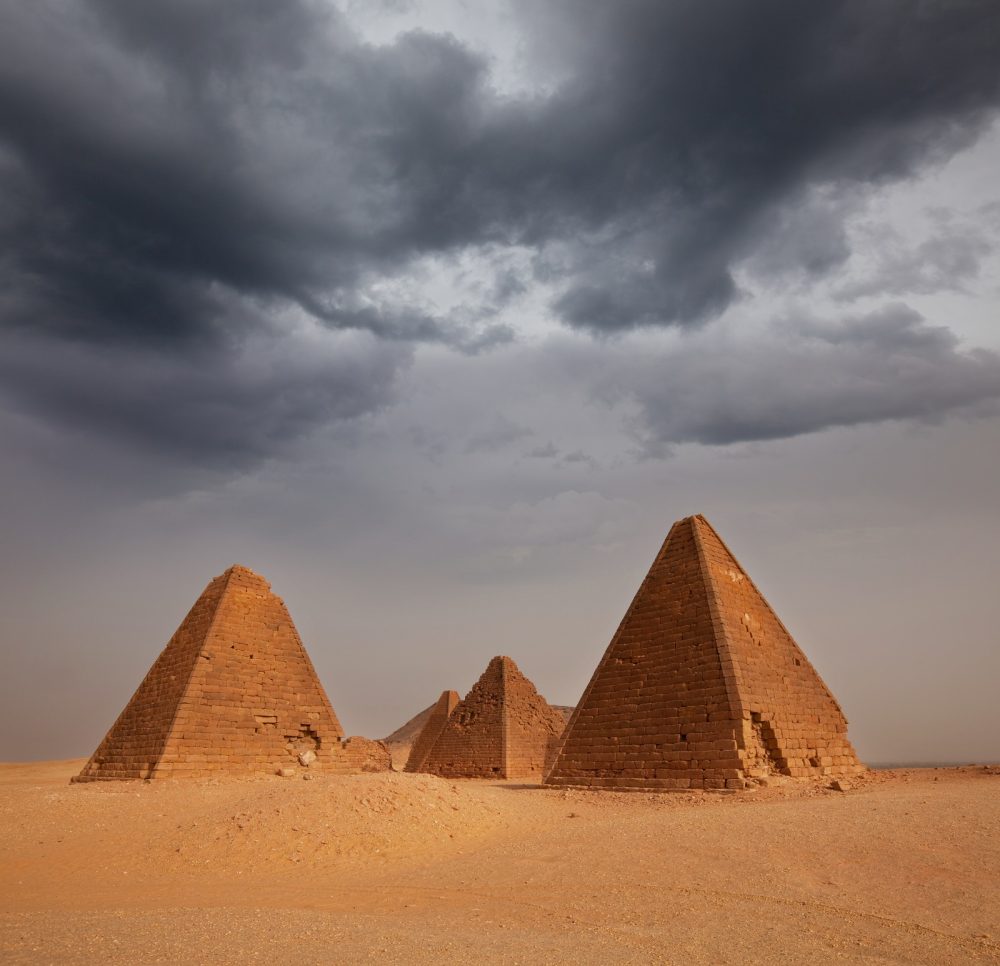
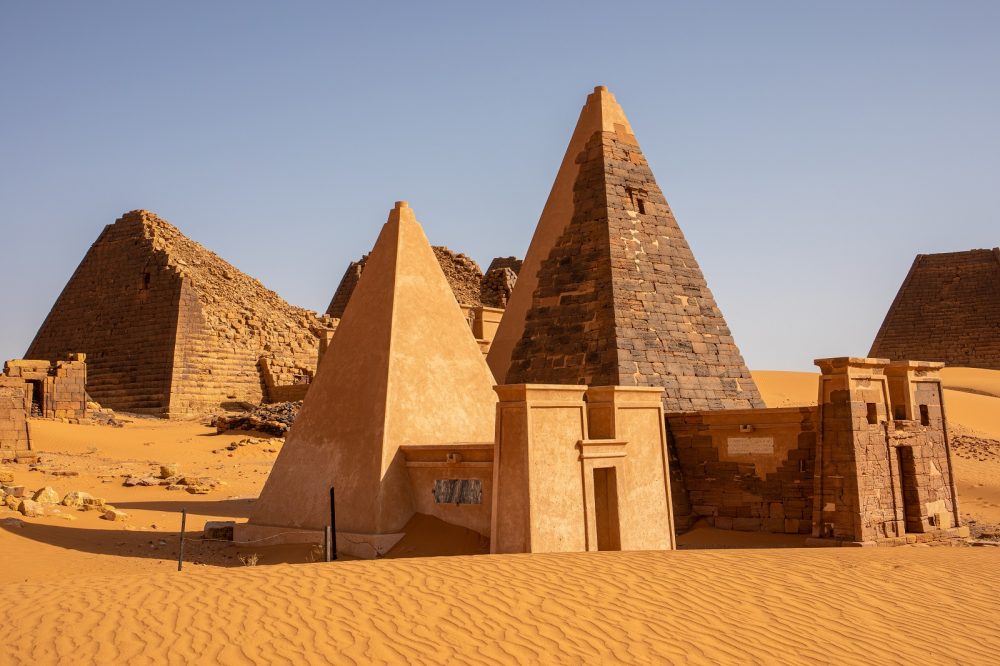
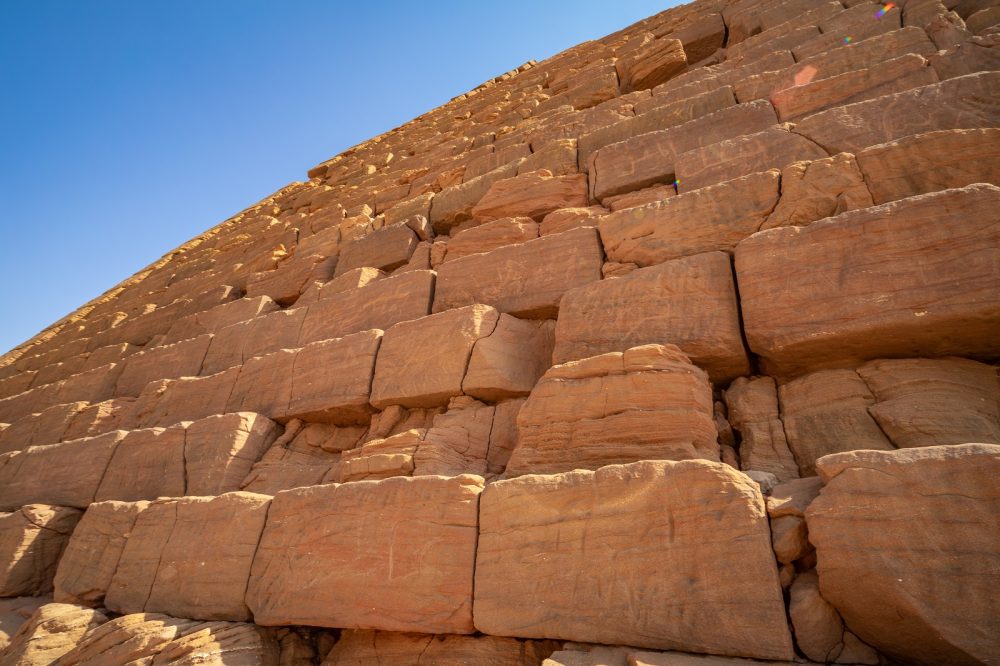
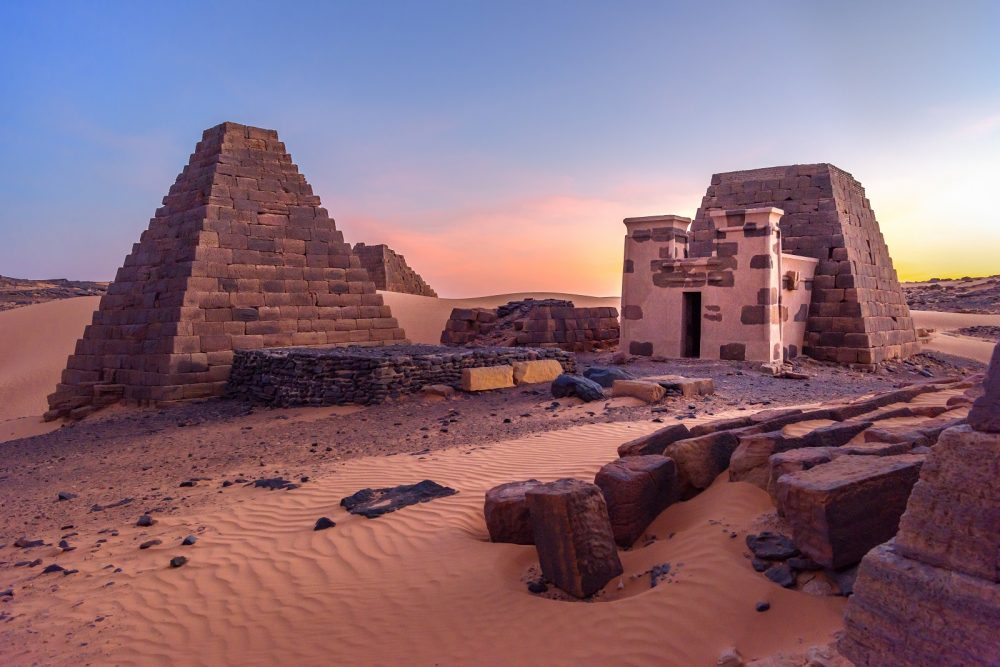
Egypt
The oldest step pyramid in Egypt was commissioned by Pharaoh Djoser, the first king of the Third Dynasty of Egypt, by Imhotep, Djoser’s vizier.

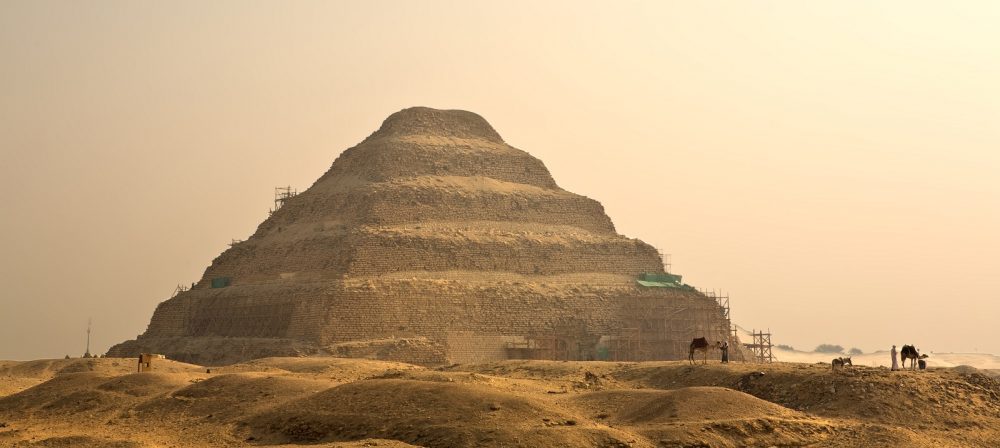
Sneferu’s Bent Pyramid is among the most famous pyramids in Egypt.
It is considered a unique example of an early pyramid building in ancient Egypt.
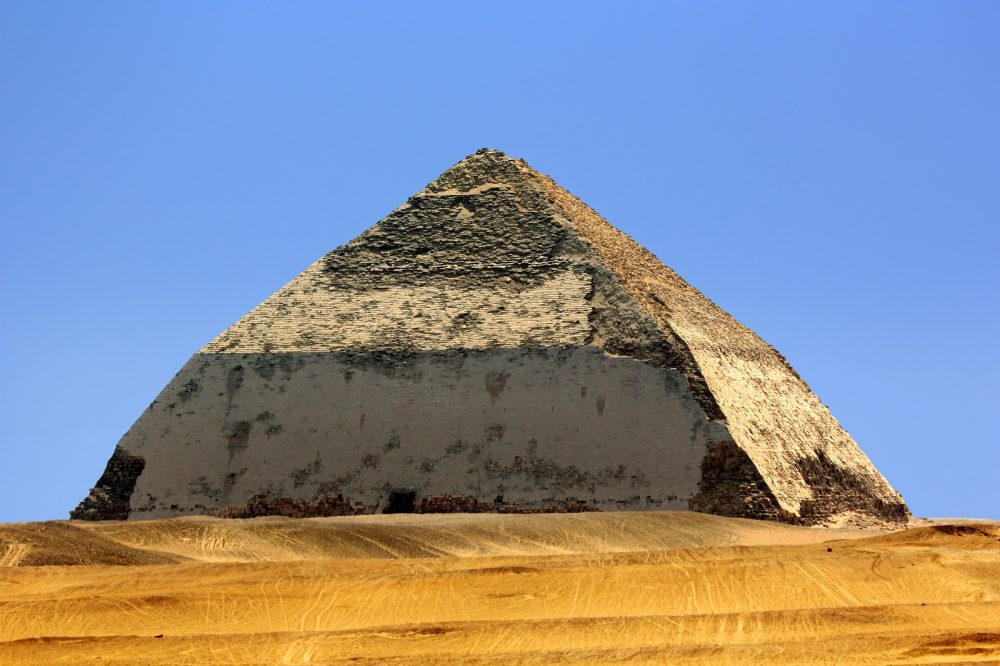
The so-called Red Pyramid, also dubbed the North Pyramid is the largest of the three pyramids at the Dashur Necropolis. Its names come from the reddish color o the limestone blocks used in its construction.
It is noteworthy to mention that this is the third-largest pyramid in Egypt, after the Pyramid of Khufu and Khafre at Giza.
This Pyramid is considered the first successful attempt in ancient Egyptian times to construct a true, smooth-sided pyramid.

The Pyramid at Meidum is located in Lower Egypt. The archaeological site features a large pyramid, as well as many mud-brick mastabas.
This Pyramid is considered as the first straight-sided Pyramid, although it collapsed over time.
Located around 100 kilometers south of Cairo, the Pyramid is believed to be the second Pyramid built after Djoser’s Pyramid.
Scholars argue it was commissioned by Huni, the last Pharaoh of ancient Egypt’s Third Dynasty.
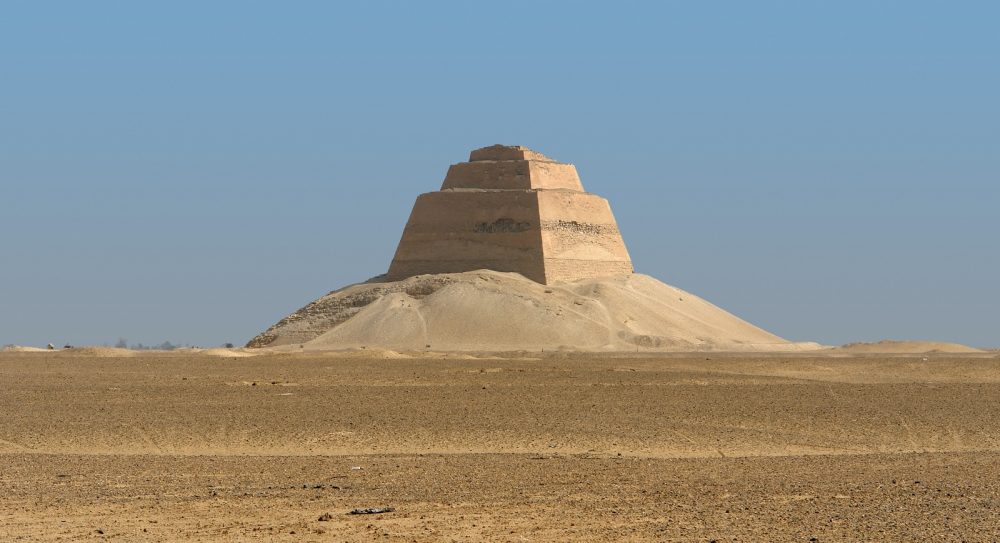
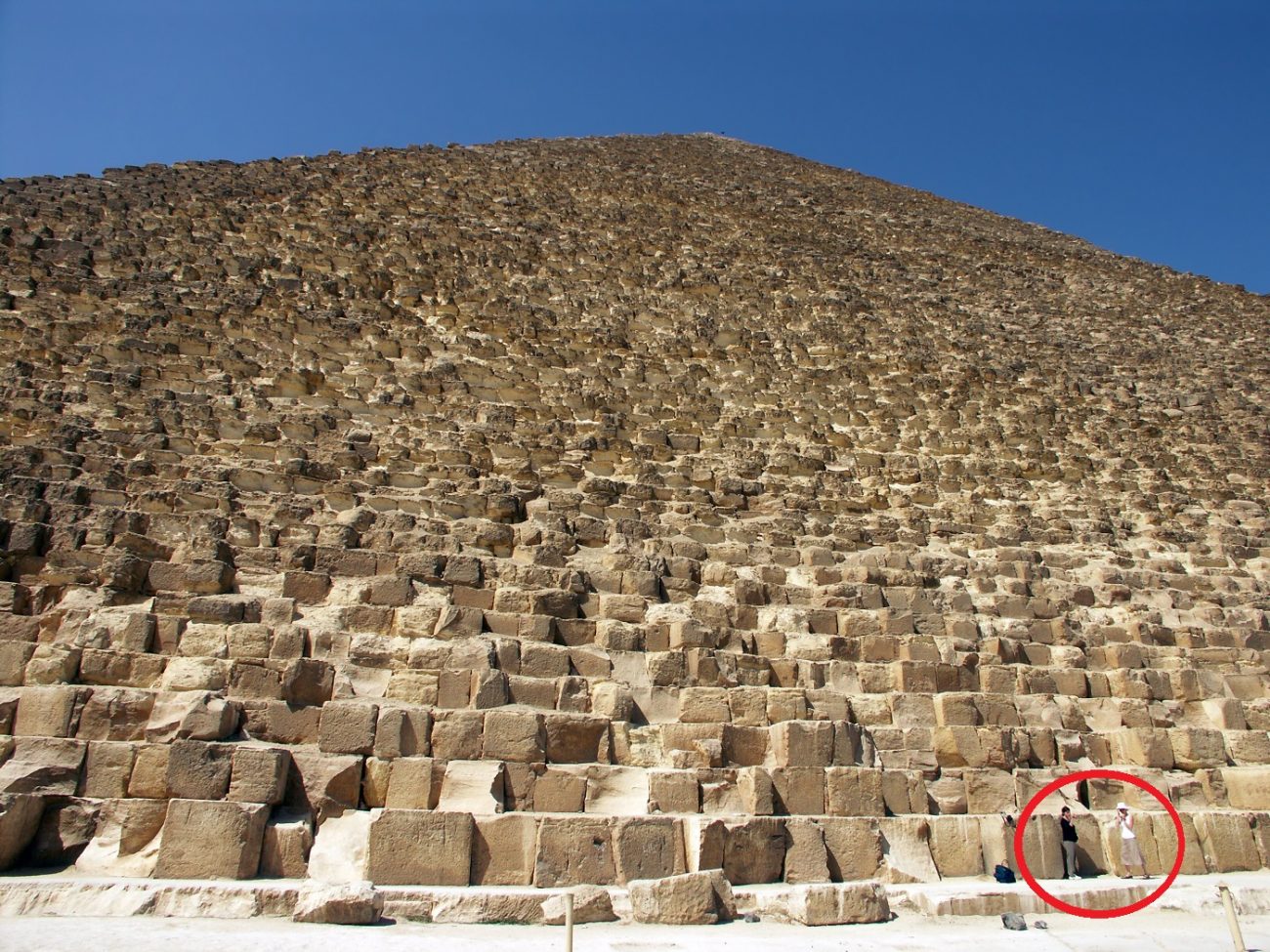
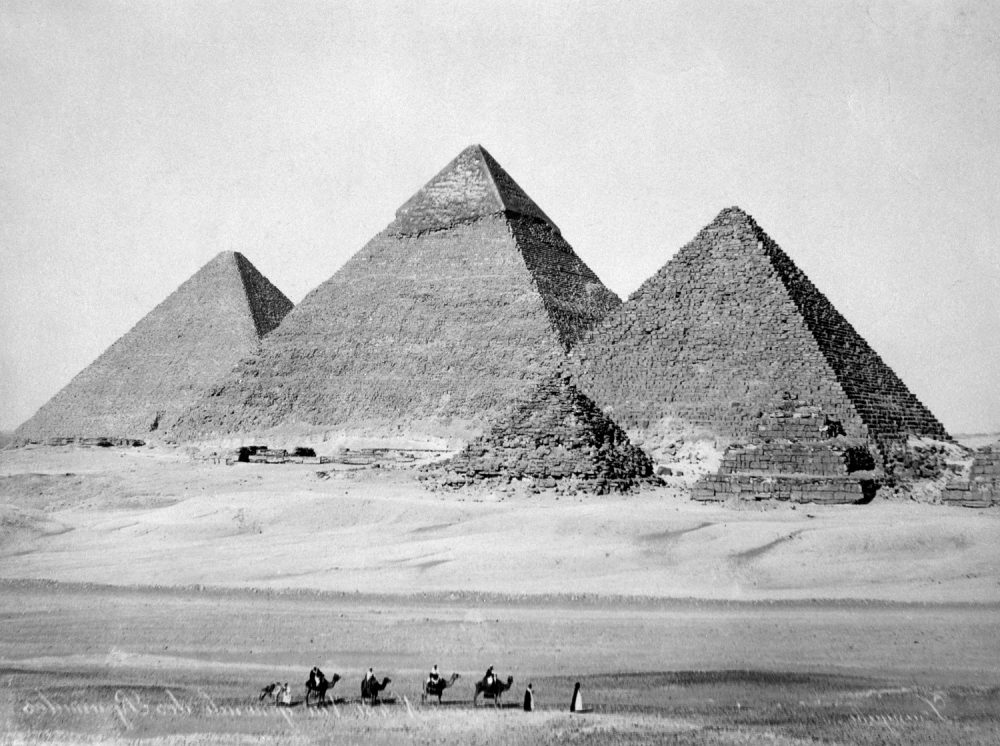
Mexico
Present-day Mexico is home to a plethora of ancient Pyramids, the most important of which is the Great Pyramid of Cholula, considered by volume the largest Pyramid and monument ever constructed.

Not far from the Pyramid of Cholula, we find the ancient city of Teotihuacan, home to a fantastic set of pyramids.
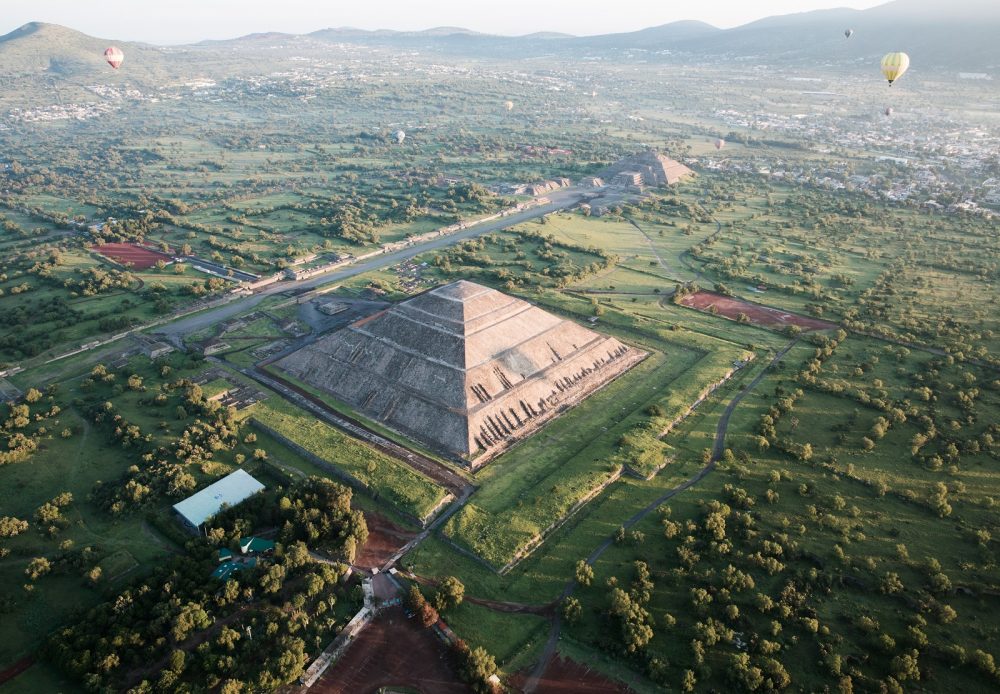
Mexico is home to numerous pyramids.
The Pyramid (Temple) of Kukulkan, also known as “El Castillo,” is a pyramid in the ancient city of Chichen Itza.

The Pyramid of Calakmul, located in the Yucatan Peninsula, is another example of stunning pyramid construction.
The archeological site of Calakmul is actually home to as many as 6,750 ancient structures, of which the Great Pyramid of Calakmul is the largest. This Pyramid is considered one of the tallest of the Maya Pyramids.
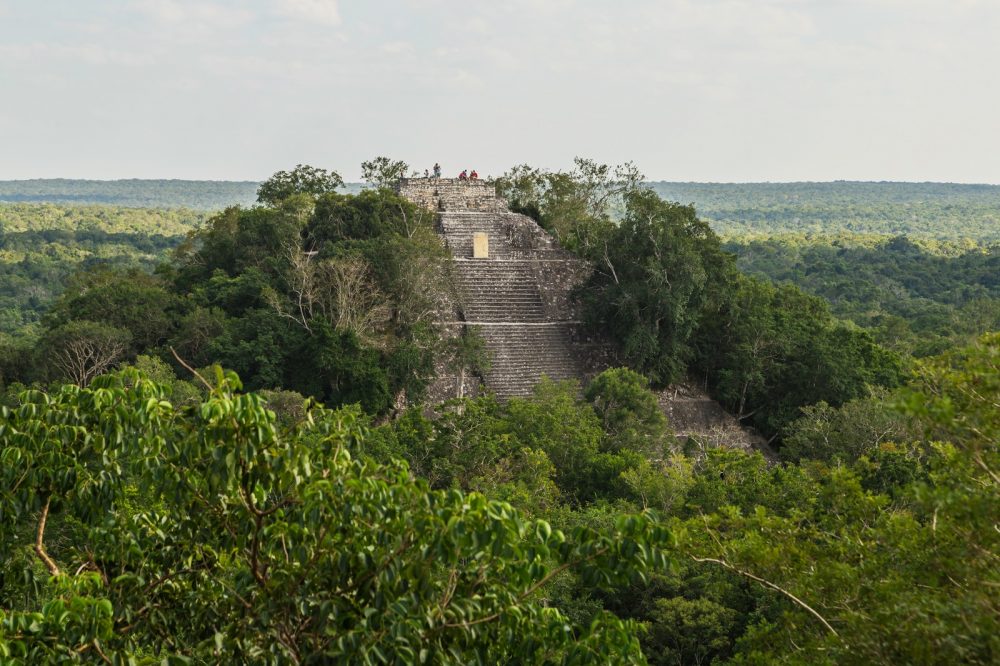
Located in the ancient city of Coba, in Mexico, are the Nohoch Mul Pyramids’ ruins.
These ancient structures are considered among the tallest pyramids in Mexico and one of the most important Mayan sites.
Located in Quintana Roo’s state, the tallest of the pyramids is known as Ixmoja, rising around 42 meters high.
Ixmoja is considered one of the tallest pyramids built in the Yucatan peninsula, exceeded only by the Pyramid of Calakmul.
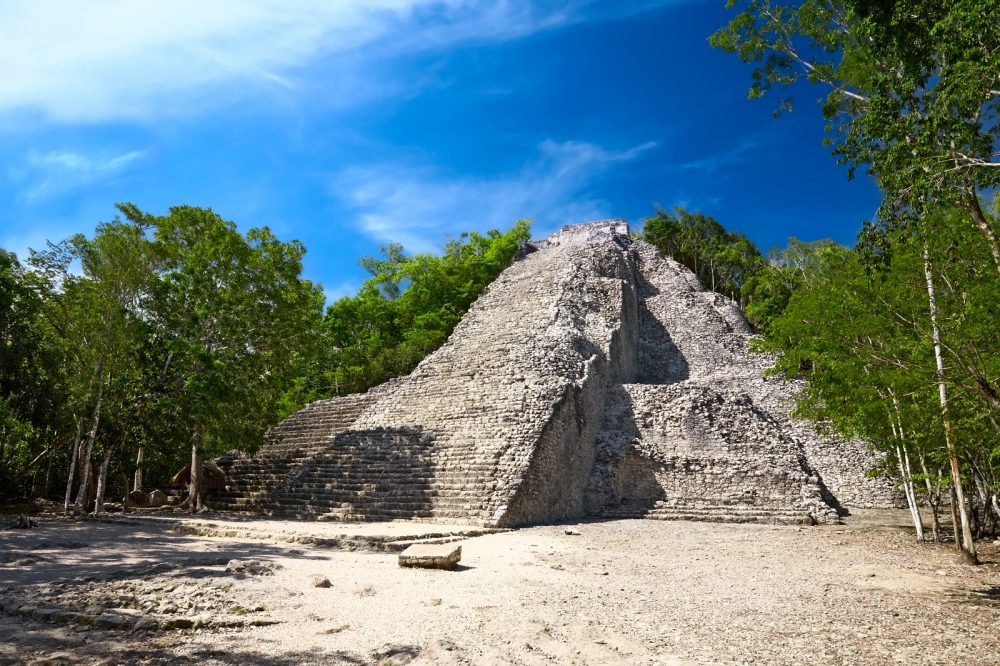
Guatemala
Not far from Mexico, and within the ancient territory of the ancient Maya civilization, in the forests of Guatemala, we find the ruins of Tikal.
The site is recognized as one of the largest archaeological sites and urban centers of the pre-Columbian Maya civilization.
Tikal is home to the Temple of Tikal, or the Pyramid of Tikal, a 47-meter tall ancient structure.
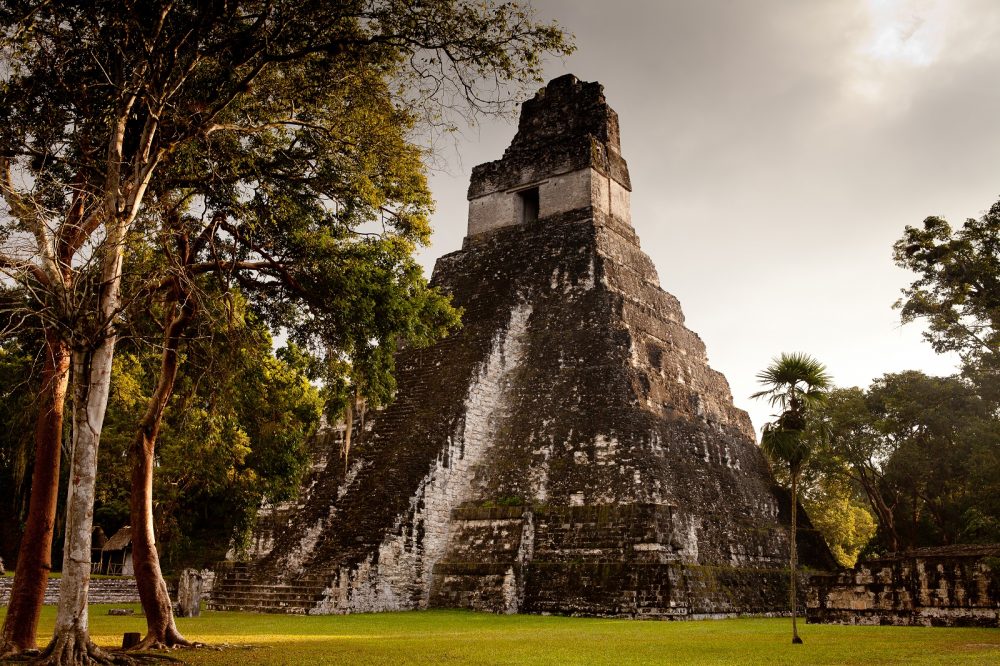
Peru
More than 5,000 years ago, an extremely advanced civilization developed in Peru. Most people have never heard of it.
In fact, this civilization’s existence was revealed only in1996, thanks to the work of a team of archaeologists headed by Ruth Shady through the Caral-Supe Special Archaeological Project.
There, in a city that has remained hidden from sight, the ancients erected pyramids.

China
China is a land home to myths, legends, and above all, an extremely well-documented and plentiful history.
Scattered across the Shaanxi Province, not far from the ancient capital of Xi’an, there are dozens of pyramidal-shaped structures.
The Chinese pyramids are not as famous as their counterparts in Egypt, but they equally stunning.
The “White Pyramid’ of Xi’an was supposedly first documented in 1912 when American trader Fred Meyer Schroder spotted the Pyramid at a distance. He wrote: “It was even more uncanny than if we had found it in the wilderness. But those [pyramids] were to some extent exposed to the eyes of the world – but still totally unknown in the western world.”
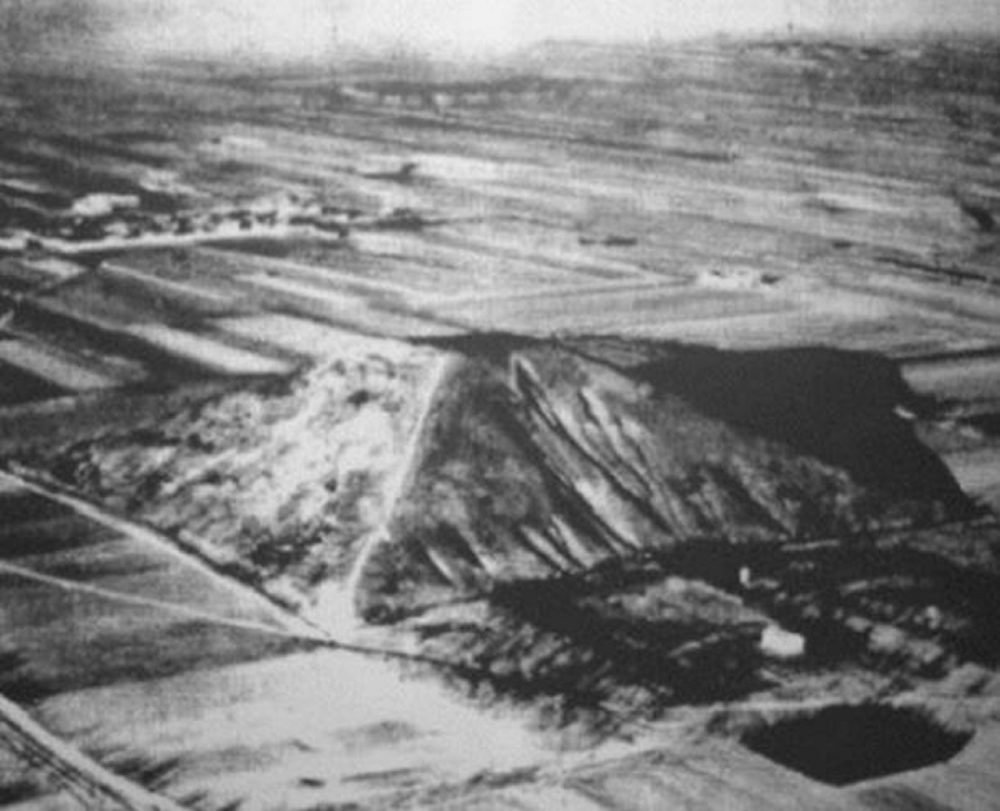
Cambodia
Koh Ker was an ancient (temporary) capital of the Khmer Empire.
There, we find the Prasat Thom temple complex, which is a double sanctuary.
The main temple at Koh Ker is a 7-tiered pyramid (Prasat Krahom), which means the red temple. The Pyramid is known for its sandstone carvings.
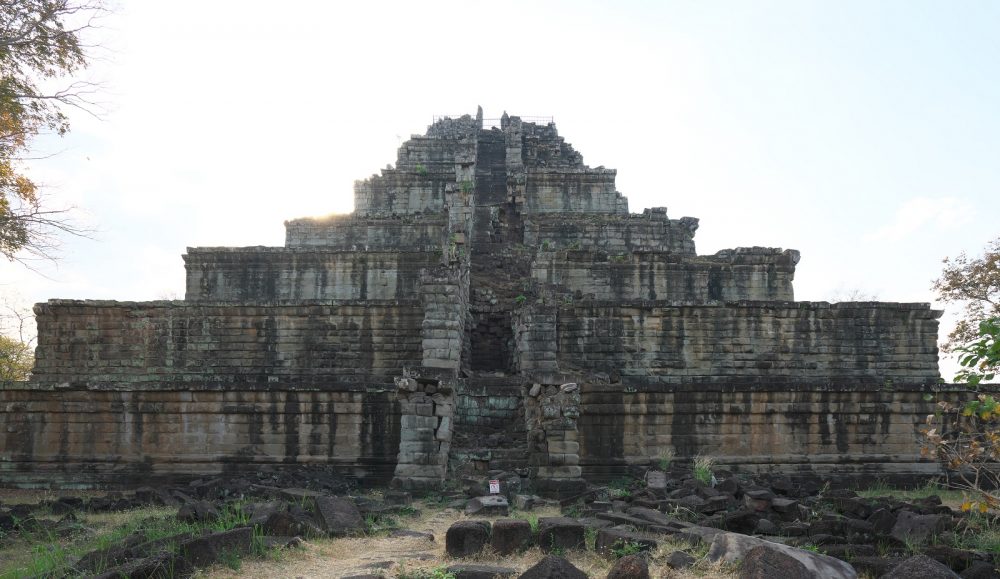
Pyramidomania
The above images are just examples of the many pyramids built in ancient times, scattered all around the globe.
Yes, there are thousands of different pyramids out there, and it is hard to put them all into one well-resumed article.
But I hope that you enjoyed this piece and the accompanying images.
Join the discussion and participate in awesome giveaways in our mobile Telegram group. Join Curiosmos on Telegram Today. t.me/Curiosmos



